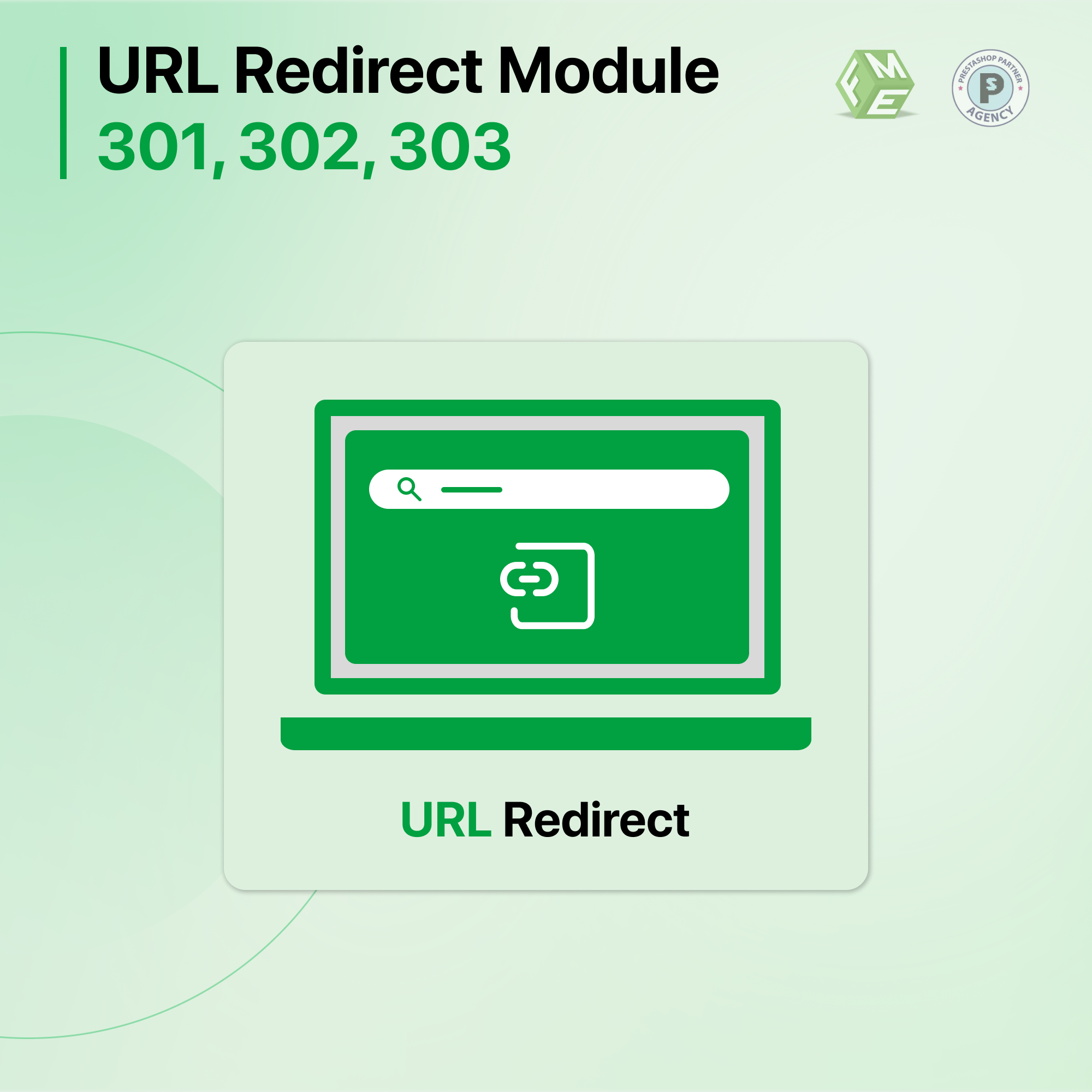Cómo solucionar la disminución del tráfico en un sitio web: una guía sencilla
Posted On: Sep 14, 2018
Categories: Marketing
Cómo solucionar la disminución del tráfico de su sitio web: una guía sencilla
¿Está disminuyendo el tráfico de su sitio web? ¿Le preocupan las menores ventas, la caída de las clasificaciones en los motores de búsqueda o una caída repentina del tráfico? Si su tráfico ha tocado fondo, es hora de investigar y solucionar el problema. Esta guía le ayudará a identificar y abordar los problemas que provocan la disminución de su tráfico mediante herramientas como Google Webmaster Tools y Google Analytics.
¿Qué debo hacer en una situación como esta? Un análisis rápido. ¿Análisis sobre qué? Del sitio web y Google Algo. Para conocer las áreas de análisis, lea las líneas siguientes para poder tomar las medidas necesarias para volver a encarrilar las cosas.
1. Analice los problemas técnicos
Use Webmaster Tools para realizar diagnósticos
- Registre su sitio: asegúrese de que su sitio web esté registrado en Google y Bing Webmaster Tools. Estas herramientas le notificarán sobre cualquier penalización o problema técnico.
- Verifique errores de rastreo: busque errores como páginas 404 en las que los robots de los motores de búsqueda no pueden acceder a determinadas páginas.
- Revise URL bloqueadas: asegúrese de que su archivo
robots.txtno esté bloqueando páginas importantes. Use el "Informe de URL bloqueadas" de Bing y las herramientas de Google para comprobarlo.
Verifique el estado del índice
- Caída del índice: una caída repentina en la indexación podría indicar un problema técnico grave. Esto podría deberse a más errores 404 o cambios de contenido. Si ha rediseñado su sitio o ha cambiado de plataforma, use redirecciones 301 para administrar las URL antiguas.
- Estos problemas podrían surgir debido al rediseño del sitio web de comercio electrónico o al cambio de plataforma por parte de los desarrolladores. Como la autoridad está asociada a la URL, cualquier cambio técnico afecta a la URL, lo que reduce la autoridad y provoca una disminución en las clasificaciones y el tráfico del sitio.
- Solución: Hable con sus desarrolladores sobre cualquier cambio. Utilice redirecciones 301 para dirigir las URL antiguas a las nuevas. Para obtener instrucciones más detalladas, puede consultar nuestro blog sobre Cómo configurar redirecciones de URL en PrestaShop.
Módulos relacionados:
- Módulo de redireccionamiento de URL 301 302 303 de Prestashop
- Módulo SEO de Prestashop: SEO avanzado Optimizador
Contrata desarrolladores de PrestaShop
Para solucionar problemas técnicos o rediseñar tu sitio de manera eficaz, suele ser beneficioso trabajar con desarrolladores experimentados. Haga clic en el botón a continuación para ponerse en contacto con desarrolladores expertos de PrestaShop que pueden ayudarlo a optimizar su sitio web y aumentar su tráfico.
2. Evalúe la relevancia
Revise su contenido y palabras clave
- Informe de consultas de búsqueda: compare el informe de tráfico de búsqueda de Google con sus análisis web. Una discrepancia podría indicar problemas con la configuración de sus análisis.
- Verifique el rendimiento de las palabras clave: analice los patrones de tráfico y las clasificaciones de palabras clave antes y después de la caída. Busque cambios en páginas o palabras clave específicas. Asegúrese de que su contenido y navegación sigan siendo relevantes y efectivos.
Evalúa las palabras clave de la marca
- Rendimiento de las palabras clave de la marca: si el rendimiento de las palabras clave de la marca disminuye, podría deberse a cambios en el nombre de la marca o a una pausa en el marketing offline. Esto podría afectar la forma en que los motores de búsqueda reconocen tu sitio.
Revisa los datos de las páginas y las palabras clave
- Analiza los datos: observa las páginas y las palabras clave antes y después de la disminución. Comprueba si el problema se limita a determinadas palabras clave o páginas o afecta a todo el sitio. Identifica cualquier cambio en el contenido de la página, la navegación o los productos añadidos.
Para obtener una estrategia detallada sobre marketing de contenidos, consulta nuestro blog sobre Estrategia de marketing de contenidos para sitios web Prestashop.
3. Examine las actualizaciones de algoritmos
Manténgase actualizado sobre los cambios de algoritmos
- Consulte los portales de noticias: busque actualizaciones recientes sobre algoritmos de motores de búsqueda que puedan afectar su sitio. Utilice herramientas como Panguin para relacionar las caídas de rendimiento con los cambios de algoritmos.
- Evalúe el perfil de enlaces: revise la calidad de sus backlinks. Evite los enlaces de fuentes de poco valor, como comunicados de prensa obsoletos. Concéntrese en adquirir enlaces naturales y de alta calidad para mejorar la autoridad de su sitio.
Conclusión
La disminución del tráfico del sitio web puede deberse a varios problemas, incluidos problemas técnicos, relevancia del contenido o cambios algorítmicos. Al analizar sistemáticamente estas áreas y realizar los ajustes necesarios, puede mejorar su tráfico y volver a encaminarse. Si necesita ayuda con estos pasos o tiene más preguntas, contáctenos hoy mismo.









